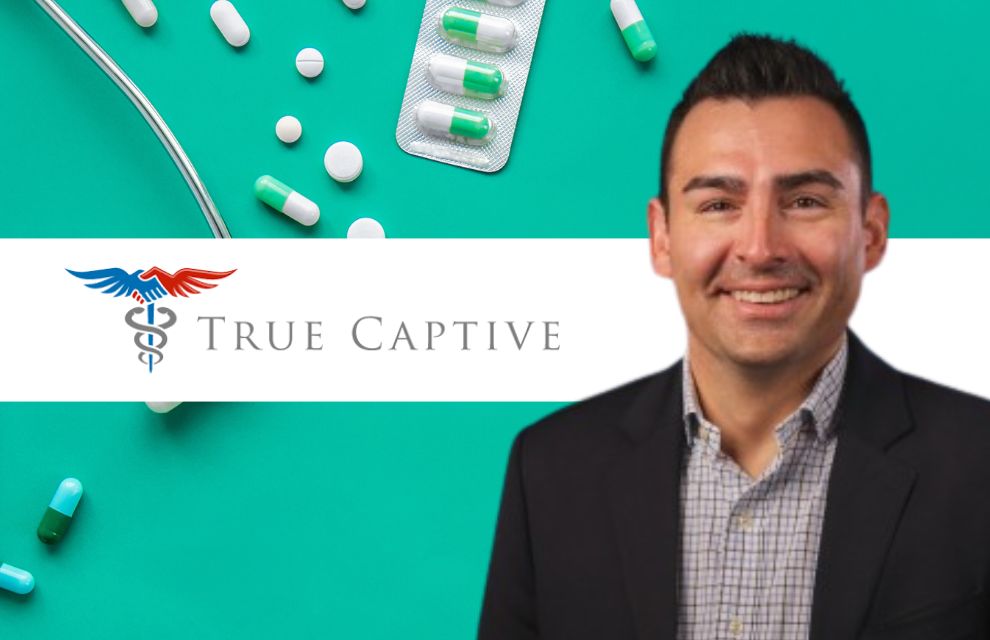David Voorhees, CEO of True Captive Insurance, reflects on a case study where strategic management of healthcare plans saved a company US$1.5 million
Recently, a company faced a significant challenge, with a substantial number of employees experiencing high-cost claims for gene therapies and expensive medications related to chronic conditions. These therapies, while not experimental, were cutting-edge and carried significant costs.
The financial burden of covering these advanced therapies was immense. The company needed to find a way to provide necessary treatments without jeopardising the financial stability of their health plan. The estimated annual cost-savings target was significant, with a focus on both reducing expenses and enhancing employee benefits.
True Captive Insurance implemented a strategic approach to address the high-cost claims associated with gene therapies and expensive prescription drugs.
True Captive reduced the company’s expenses by US$1.5 million before they began coverage and cost-containment strategies.
Could you elaborate on the specific gene therapies and medications driving the high-cost claims?
One is specifically related to blindness, and the other is von Hippel-Lindau (VHL) disease.
Did True Captive leverage any data analytics tools to identify the high-cost claim trends and potential cost-saving opportunities related to gene therapies and medications?
No, these therapies were discovered through conversation and consultation prior to the group joining. However, we do conduct in-depth discovery to comprehend the current status of the plan, the culture, and their readiness to engage in a robust strategic partnership.
Could you delve deeper into how True Captive achieved US$1.5 million in savings before coverage even began? Were there specific negotiation strategies employed with drug manufacturers or healthcare providers?
In consultation with our pharmacy partners, we researched active ingredients and looked for any therapies or treatments that could have similar interactions and/or results.
Beyond the pre-coverage savings, what specific cost-containment strategies did True Captive implement to address the ongoing expenses related to these treatments?
Our strategies are most effective when we have recurring monthly meetings to discuss progress and recent happenings.
These meetings are similar to one-on-one meetings with staff members in an organisation, but they focus on discussing anecdotal feedback and the experiences that participants in the plan are experiencing. Asking the right questions and listening to the answers can teach you a lot.
Did True Captive implement any programmes to encourage preventive care or medication adherence, potentially reducing future high-cost claims for these chronic conditions?
Our consultative discussions are preventative in nature. We also use real-time analytics to help us monitor post-experience data and use our conversations to stay ahead of anything that could be significant, where we can positively impact the member's experience and improve the financial efficiency of the employee or patient and the organisation.
Is this approach applicable to companies of all sizes dealing with similar high-cost treatment challenges? If so, how can True Captive tailor its solutions to different company needs?
Yes, this strategy is effective at any size. The key is to include the right people in the discussion to offer valuable feedback and share ideas.
Can you share any insights on how this case study reflects broader trends within the healthcare industry regarding gene therapies and expensive medications?
Much like fashion, where past trends come back around in popularity, insurance is at a similar inflection point. While some heavily rely on AI and automated tools, others, such as True Captive, recognise that to truly impact performance, success, and satisfaction, you have to harness both data and be close to the decision-makers.
Many people get it wrong when it comes to identifying who the decision-maker is.
It is not the CFO, CEO, or CHRO; it is the employee who consumes healthcare and makes decisions that have a profound impact on their health outcomes and the overall financial picture.
If you capture the trust of the decision-makers, you can work together to find the best course of action with the most efficient financial outcome, much like when we used to have doctors visit us in our homes on house calls. Somewhere along the way, we forgot who the key decision-maker was.
Could you elaborate on how True Captive's model specifically benefited this company in addressing the high-cost claims challenge compared to traditional insurance options?
This group had previously been self-funded. The collaboration and application of our discovery approach dramatically impacted the trajectory of their plan far before they became customers, and they are off to their best year yet.





